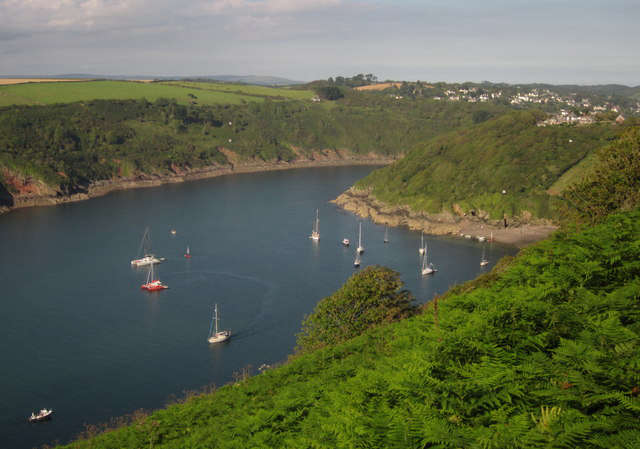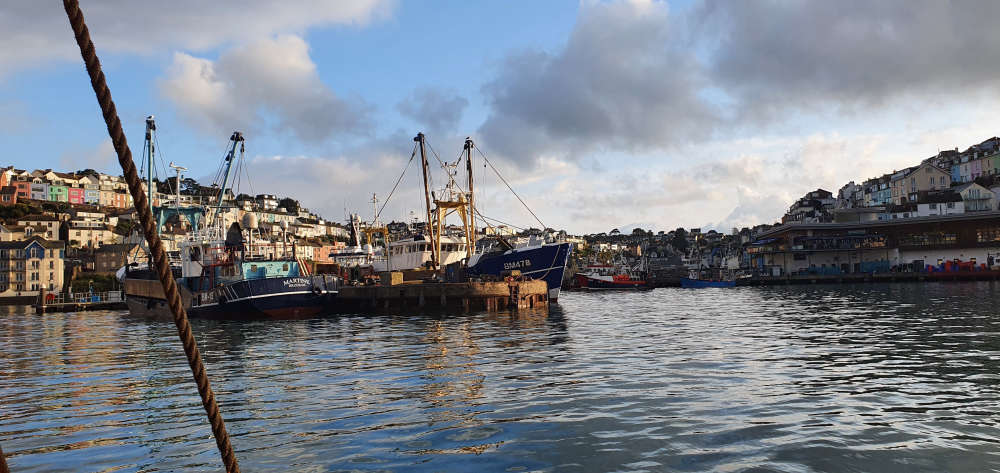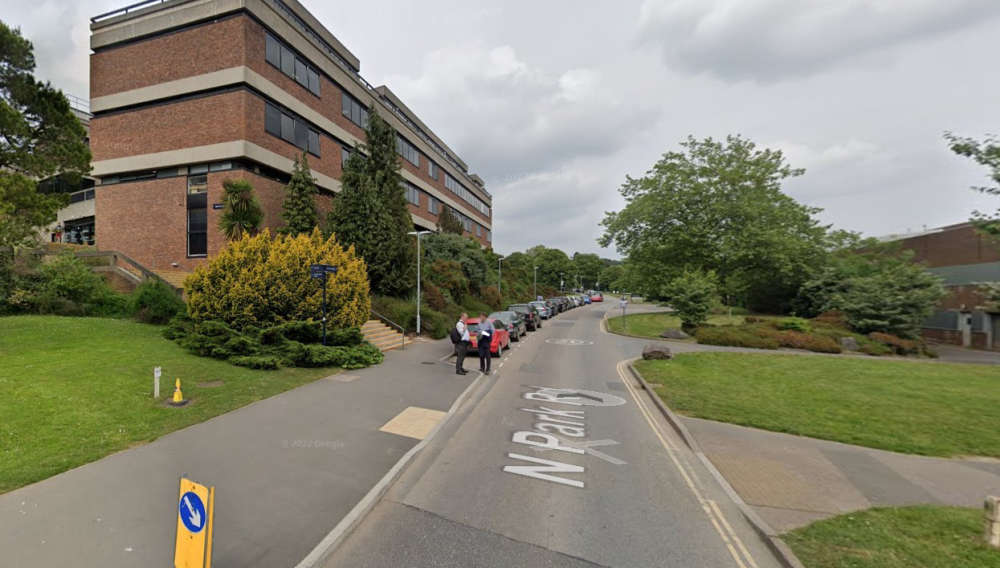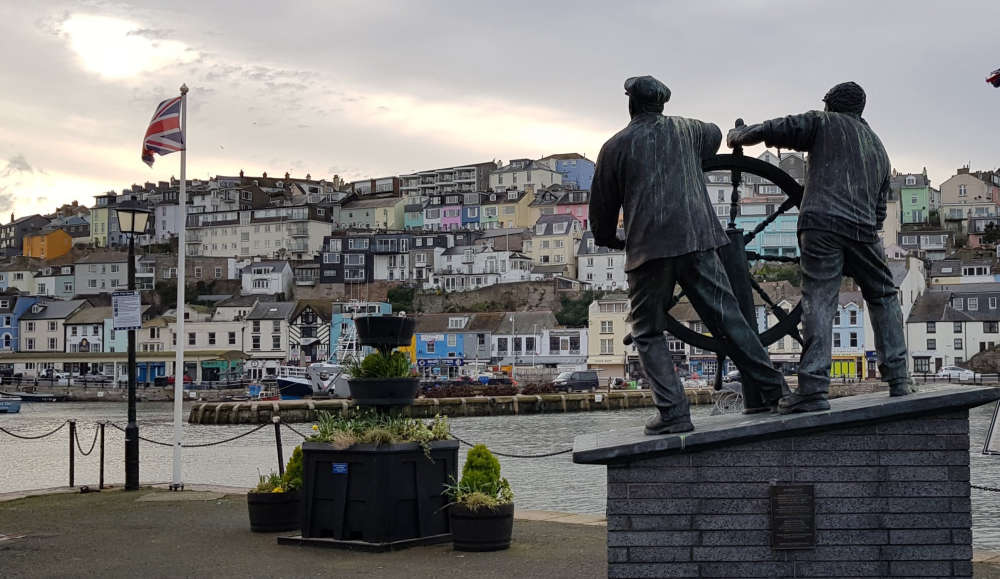
Chemicals toxic to wildlife
A paint company has been fined £650,000 after being found guilty of allowing a banned chemical to enter the River Yealm estuary in the South Hams.
International Paint Ltd, which has a paint-testing facility at Newton Ferrers, on the banks of the Yealm, was found guilty on two charges following a nine-day hearing at Plymouth Crown Court last October in a prosecution brought by the Environment Agency.
The company had denied both offences relating to the discharge of hazardous waste. was fined £650,000 and ordered to pay costs of £144,992.
The Environment Agency launched an investigation after the company tried to sell the premises in 2015 and possible pollution had been reported. The company manufactured paints, including anti-fouling paints for ships, and had run a testing facility on the River Yealm at Newton Creek near Newton Ferrers since 1928. The estuary is a Special Area of Conservation due to its rich flora and fauna.
Since the 1970s formulations containing tributyltin (TBT) had been used as a coating to prevent the build-up of animals and plants on ships’ hulls. But it proved to be so toxic to the wider marine environment that it was banned from use on small vessels in the UK in the late 1980s and was banned completely worldwide during the 2000s. One drop of TBT in an Olympic sized swimming pool equals one part per trillion (PPT). The safe level of TBT is 0.2 PPT or a fifth of a drop.
The Environment Agency’s investigation found evidence that the chemical, along with copper, arsenic and mercury, had been present in sediment in a tank at the site and some of the sediment had escaped out into the estuary. A bung on another tank was found to have come out leaving it open to the estuary before it was eventually permanently sealed with concrete.
Leading expert Dr Michael Waldock carried out a review of sample analysis results from sediment from the tank and from the adjacent estuary for the Environment Agency. He found nine out of 11 samples exceeded the safe limit for TBT and that, close to the site, one sample contained 80,000 times the safe level. He concluded that the TBT levels in the estuary were sufficient to have the potential for a major toxic effect on marine life.
James Wimpress of the Environment Agency said following the hearing: “The company not only failed in its duty of care to the environment, but also denied any wrongdoing during the investigation and throughout the trial. We’re extremely pleased with the outcome and hope this serves as a warning to other companies that we will not hesitate to pursue those that act without regard to their responsibilities.”
 Man arrested on suspicion of murder in Exeter
Man arrested on suspicion of murder in Exeter
 Brixham boil water notice mostly lifted
Brixham boil water notice mostly lifted
 Devon secures 27 new medical school places as Health Secretary visits Exeter
Devon secures 27 new medical school places as Health Secretary visits Exeter
 Tackling Torquay’s anti-social behaviour problem
Tackling Torquay’s anti-social behaviour problem
 South West Water will have ‘very hard’ questions to answer, says Health Secretary
South West Water will have ‘very hard’ questions to answer, says Health Secretary
 Water CEO apologises for contamination
Water CEO apologises for contamination
